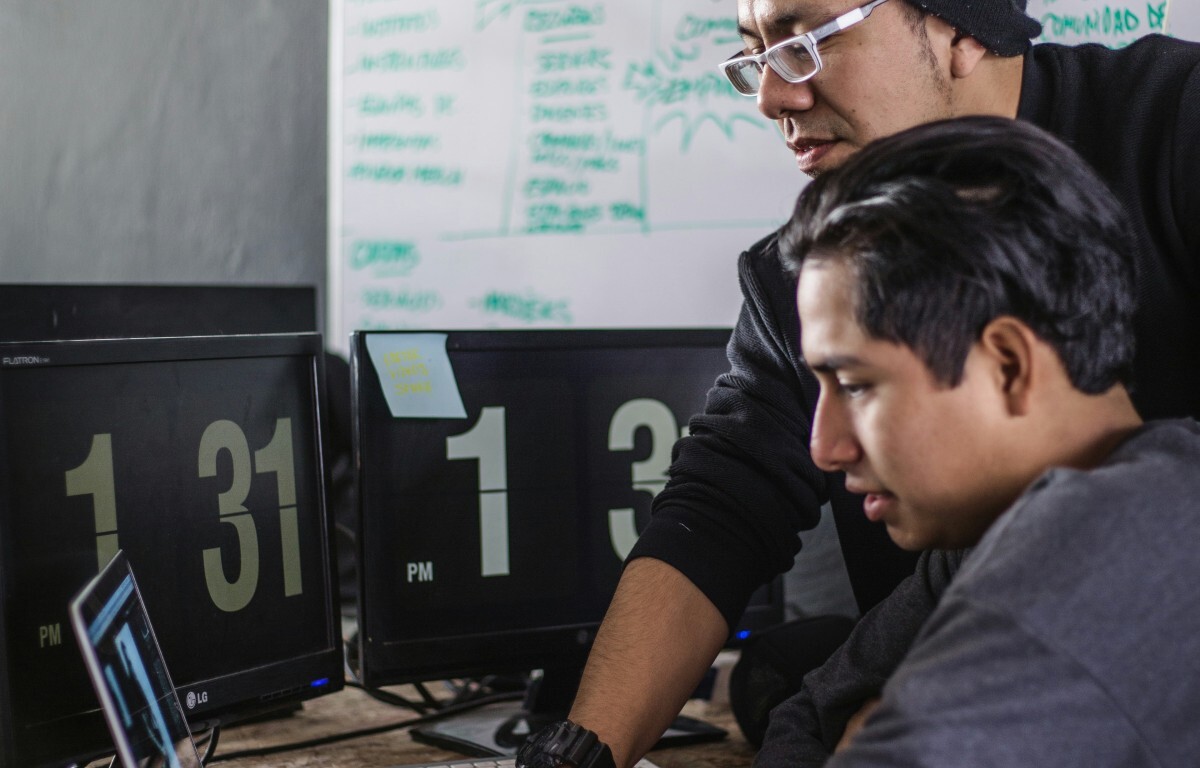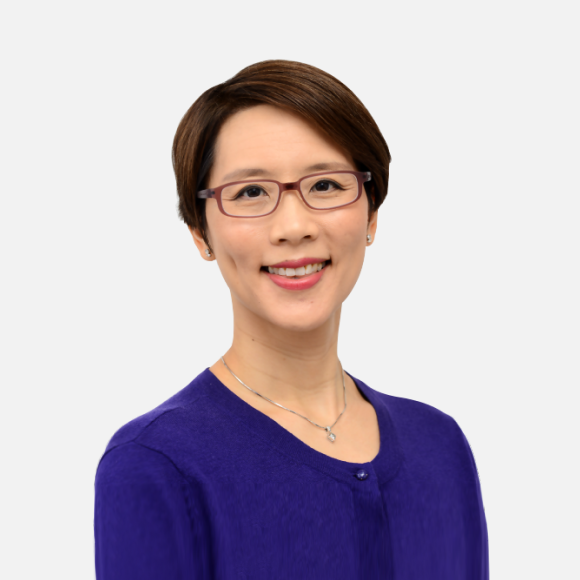
Southeast Asia’s digital economy continues to grow at an unprecedented rate due to the rapid pace of digital adoption in the region. To help solve societal problems, businesses in sectors such as finance, transport, health, and education are leveraging innovative solutions. Consequently, a wide range of digital goods and services have entered the market. However, technological advancement also poses new risks to its users, especially those who are coming online for the first time.
To safeguard society from the unintended consequences of technology, governments across Southeast Asia have actively been exploring diverse regulatory instruments – among which is the implementation of regulatory sandboxes.
Regulatory sandboxes is an instrument that enables regulators to foster innovation in a safe and responsible way, while creating a safe space for closer dialogue between regulators and businesses in various industries. Sandboxes can create opportunities for deeper regulatory learning, and empower regulators to take a more adaptive and anticipatory approach to regulation.
To maximise the potential of regulatory sandboxes in building an inclusive digital ecosystem, it is imperative that we discuss the effectiveness of current sandbox initiatives in fulfilling the intended objectives and explore opportunities for further adaptation, along with managing risks and innovation in certain sector appliances.
This paper builds on the World Bank’s and Nesta UK’s framework on the typologies of sandboxes and is adapted to reflect Southeast Asia’s context. The paper aims to provide an overview of the current sandbox initiative in six Southeast Asian countries: Indonesia, Malaysia, Philippines, Singapore, Thailand and Vietnam (collectively known as “SEA-6”).
We are hopeful that a comprehensive understanding of the current trends of regulatory innovation in Southeast Asia will enable policymakers, business leaders, and academics to continue insightful conversation and productive collaboration to improve the implementation of sandboxes in the region.
Key Takeaways:
While regulatory sandboxes were pioneered in the United Kingdom, it made its way to Southeast Asia from as early as 2016. Since then, the momentum to deploy sandboxes has been building continuously, with more than half of the sandboxes in the region launching in 2020 or later. In line with global trends, sandboxes in the region have gained the most traction in the financial technology sector. Other sectors have started to explore sandbox practices, including transportation, healthcare, drones, robotics, artificial intelligence (AI) and more.
For example, Singapore’s privacy-enhancing technologies (PET) and generative AI sandboxes show the country’s focus on emerging technologies. The Philippines implements an agricultural insurance sandbox to protect its farmers, whereas Malaysia operates a drone sandbox to further position the country as the drone hub of Southeast Asia.
Almost 90% of the sandboxes in the region are focused on product development. Currently, only a few include policies or regulations as a desired outcome. This indicates a presently untapped opportunity for regulators to utilise sandboxes for regulatory learning and policy adoption, particularly in dealing with emerging technologies where the attendant’s risks and opportunities are difficult to predict.
The majority of sandboxes (64%) are considered advisory in approach as it was designed to test the viability of new products and business models, and to clarify regulatory grey areas so that businesses can comply with existing regulations. In particular, most of the fintech sandboxes in the region are focused on making it easier for innovators to work with regulators, so that they may test and adapt their product or service under existing regulations, rather than assessing if and how regulations could be changed.
For regulators, key considerations include setting clear sandbox guidelines and frameworks, establishing a platform for sharing regulatory learnings, adopting a more anticipatory approach, creating more cross-sectoral sandboxes and coordinating sandbox corridors for cross-border testing. Meanwhile, the private sector should consider being more open to sharing data and expertise to regulators, proactively contribute feedback to improve sandbox administration, and offer dedicated teams to ensure internal alignment and effective participation in sandboxes.
This review is but a “snapshot” of current practice as of 2023. We are keenly aware that the rapid evolution of technology, coupled with the pace of change within each country, will mean continued changes in the tech regulatory landscape.
We welcome your feedback, especially with regard to any inaccuracies, omissions or obsolete information. Please do not hesitate to contact info@techforgoodinstitute.org.






